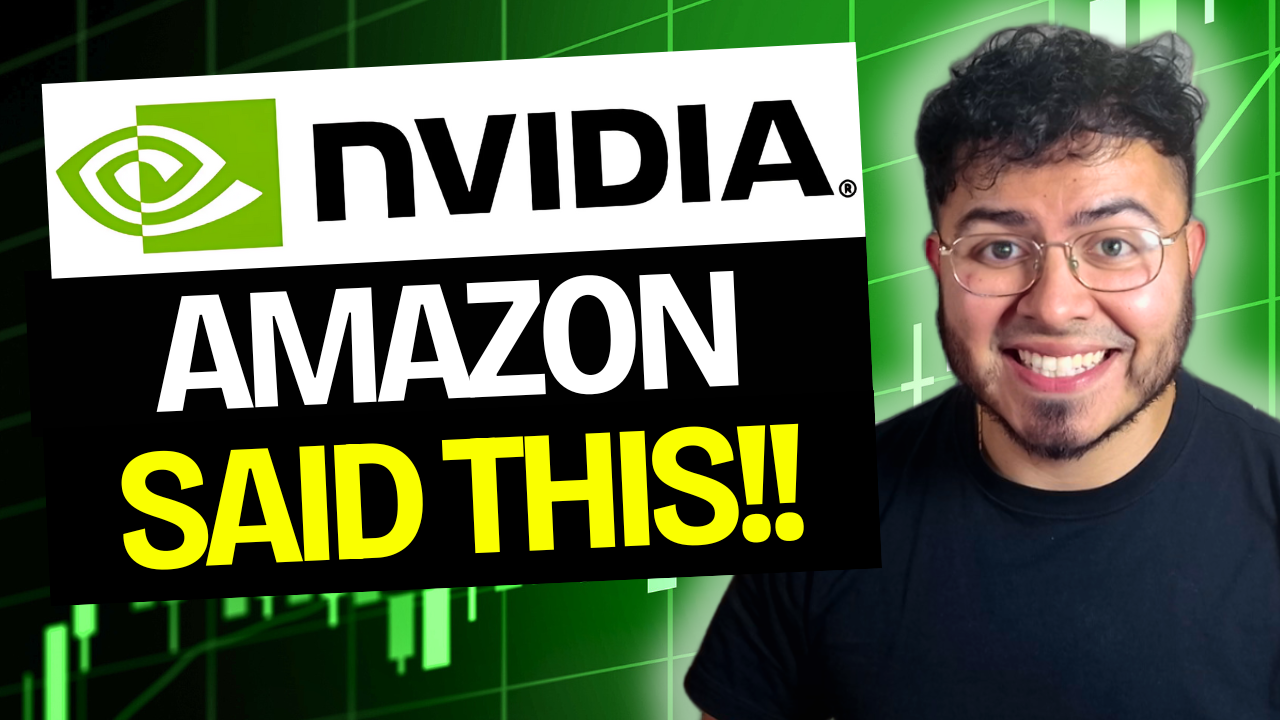Perhaps no stock has become more popular in recent months than Nvidia (NVDA +1.00%). The graphics-processing-unit (GPU) maker has become the world's largest semiconductor stock by market cap as demand for artificial intelligence (AI) chips explodes.
Nonetheless, no stock rises continuously, and investors should consider whether that growth can continue. Hence, investors should look at the company's upcoming product releases and financials and determine whether the stock remains a buy at current levels.
The state of Nvidia
Undoubtedly, the demand for AI chips has redefined Nvidia. As recently as three years ago, gaming was the company's largest source of revenue. However, demand for its data center chips surged higher as more workloads moved to the cloud.
During this time, Nvidia took the lead in AI-ready chips. This paid off hugely for the company when investors discovered that OpenAI's ChatGPT used Nvidia's AI chips.
Since then, demand has exceeded Nvidia's ability to keep pace. Additionally, even though competitors such as AMD, Qualcomm, and Intel have developed AI chips, Nvidia holds a substantial technical lead.
Moreover, Allied Market Research predicts the AI chip market will grow at a 38% compound annual growth rate (CAGR) through 2032. It projects only a 6% CAGR for the overall chip market through 2031, which should make Nvidia the most critical chip company for years to come.
Nvidia by the numbers
Not surprisingly, Nvidia's financials are on fire as a result. In the first quarter of fiscal 2025 (ended April 28), revenue was $26 billion, a 262% increase from year-ago levels. The data center segment, which produces its AI chips, was 87% of Nvidia's revenue.
Also, its cost of revenue and operating expenses grew at a significantly slower pace than revenue. This resulted in almost $15 billion in net income for fiscal Q1, up from just over $2 billion during the same quarter last year.
The increases should continue as Nvidia predicts around $28 billion in revenue in fiscal Q2, more than doubling the $13.5 billion reported during Q2 of fiscal 2024. Thus, shareholders are probably optimistic considering the recent 10-for-1 stock split and the 190% stock-price gain over the last year.

NASDAQ: NVDA
Key Data Points
However, valuations should give investors pause. The company's price-to-earnings ratio (P/E) of 74 may not seem expensive, given the recent earnings growth. Nonetheless, the price-to-sales (P/S) ratio of 39 appears frothy, considering that the average P/S ratio for the S&P 500 is less than 3.
Moreover, Nvidia stock sells at an astounding 63 times the company's book value. By comparison, AMD's price-to-book value ratio is less than 5. Even with Nvidia's impressive growth, one might hesitate to pay such multiples, given that any bad news (or even good news that's not impressive) could send the stock plunging.
Approach Nvidia cautiously
Considering Nvidia's elevated valuation, investors should add the company's shares slowly if they choose to buy at all. Undoubtedly, AI chips are the future of the chip industry, and with Nvidia's dominance, it will likely remain the top semiconductor company for some time to come.
Unfortunately for investors, the unprecedented demand for Nvidia's chips also seems to extend to its stock, which has arguably become priced for perfection. Even though high expectations have not deterred Nvidia investors in recent quarters, any disappointment could cause the stock to plunge. Hence, any aggressive moves into the stock should probably wait for now.








